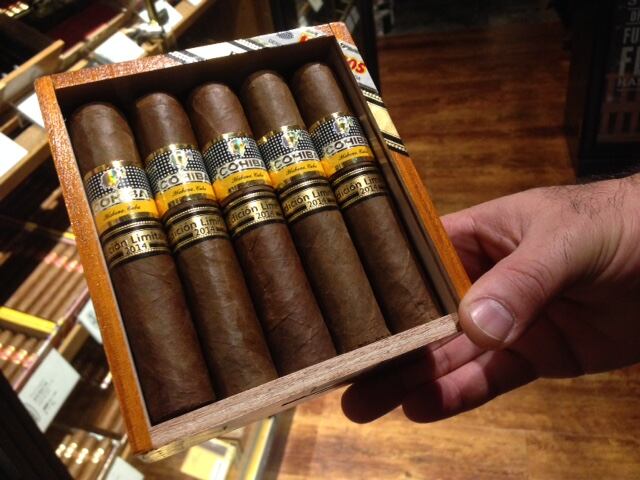All About Cigars
You could have seen it in the flicks, or in TV shows, or on the cover of a gangster story. The huge boss – be he a mafia wear, medicine lord, or your plain, run-of-the-mill Chief Executive Officer – is showing off a large stogie, and is smoking it unaffectedly. He appears to like it, that limited, large wad of smoke and also leaves. But what makes cigars so treasured, and why is it frequently associated with wide range as well as service?
Very merely, a cigar is a rolled-up stack of dried out, fermented cigarette. One end is lit with fire, and the various other is the opening through which smoke can enter a customer’s mouth. Stogie cigarette is special: its taste is reputedly richer and much deeper than the cigarette made use of for common cigarettes. Such cigarette is grown in tropical nations, with Brazil, Cuba, Honduras, and also Mexico leading the pack. Cuban cigars, in particular, are taken into consideration to be the best ranges, although experts contend that Nicaraguan as well as Honduran stogies quickly rival the magnificent Cuban.
Stogies were as soon as incredibly pricey, as well as were usually constrained to receptions, where “cigarette smokers” were held. These were gatherings where important politicians assembled to go over crucial issues while they smoked. When the UNITED STATE enforced a trade embargo on Cuba in the 20th century, the price of cigars climbed a lot higher, as well as using them was restricted to those who could manage them.

In mid-2005, however, stogie costs decreased, enabling many cigarette smokers (and also cigarette smoking novices) to taste and appreciate stogie smoking. But what exists to appreciate in stogies? According to fanatics, cigars have less of the great smoky preference of cigarettes, and also can even tackle the preference of whisky, delicious chocolate, or perhaps wine!
How are cigars made? Option tobacco fallen leaves are first collected, after that aged by a combination of warmth and also color. This offers to decrease the leaves’ water and sugar material, without creating fallen leaves to rot. As soon as the dried out leaves are ready, they are made to “pass away with grace” by a slow-moving process of fermentation. Throughout this time, humidity levels and temperature level are regulated, such that the lea will ferment without degenerating or decomposing. In this critical period are brought in out of the leaves the tastes and also aroma that identify the stogie into which it will become made.
When fermentation is done, fallen leaves are sorted out depending upon whether they will certainly be used as filler for the cigar, or as wrapper. Leaves need to be maintained moist, and ought to be dealt with extremely thoroughly. As quickly as they are sorted, a cigar manufacturer will roll them into any of the numerous cigar forms, carefully, and also by hand. Check out the best cigar lighters in this link.
The flavor of a stogie relies on the leaves utilized for its wrapper as well as filler. Wrapper leaves typically originated from the largest part of a tobacco plant. Their color can vary from the extremely light, slightly green brown shade called the Double Claro; to the oily, black Oscuro grown in Nicaragua, Mexico, Cuba, or Brazil. The color of a wrapper additionally defines the color of a stogie.
Most of a stogie is composed of fillers, or the interior, where cigarette smoking tobacco leaves are bundled with each other by elastic fallen leaves called binders. Some stogie manufacturers mix up a selection of fallen leaves of numerous preferences as well as staminas, in order to create different tastes of cigar.
To keep their taste, cigars need to be saved at room temperature level, yet at fairly high moisture. A humidor, or an unique wood box, generally features cigars when they are acquired.
Although most certainly harming to human health and wellness, cigars still maintain their mystique, whether they are seen on the cinema, or read about in books.








